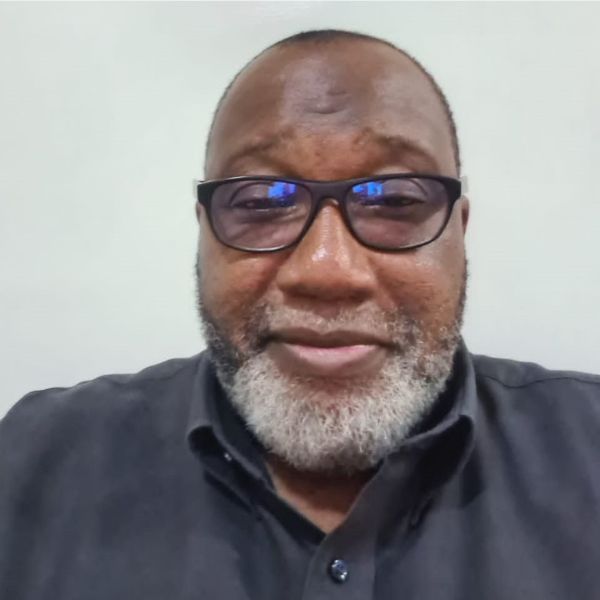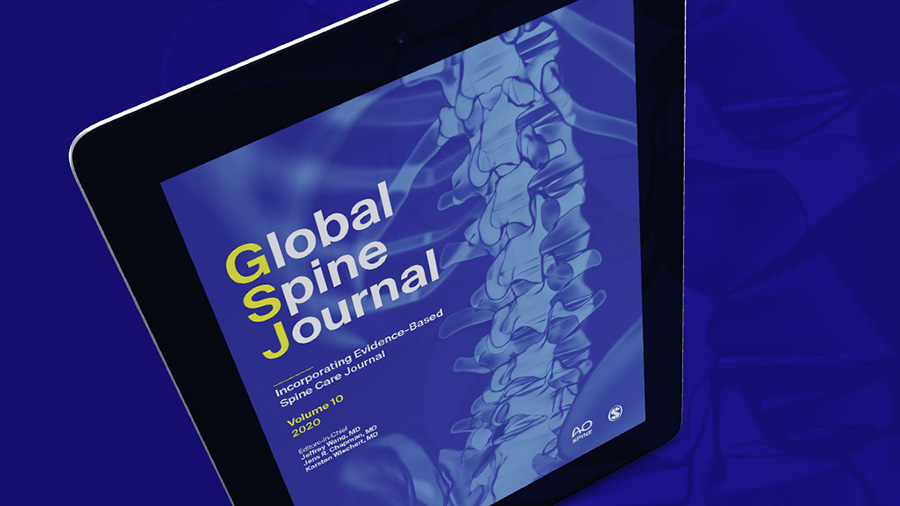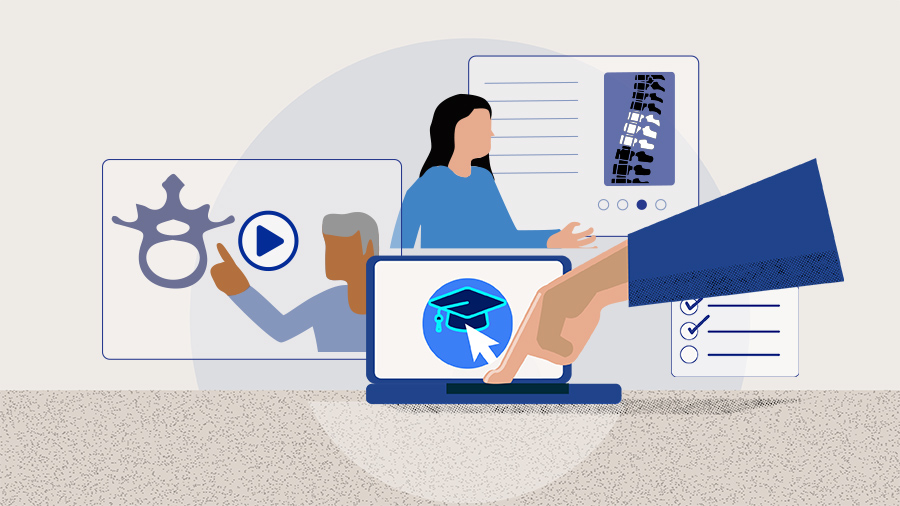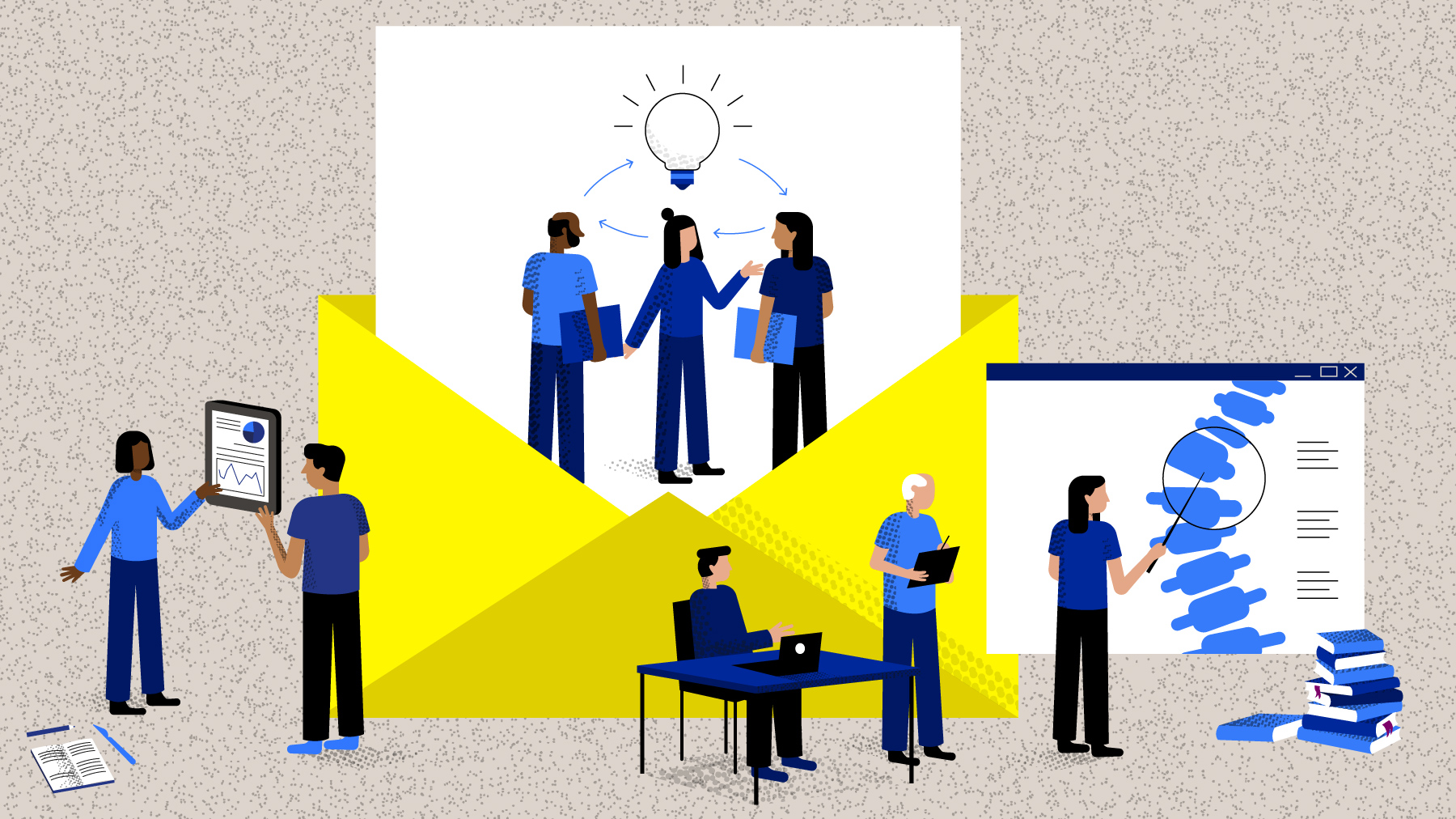Treatment of low back pain—from pain management to potential surgery
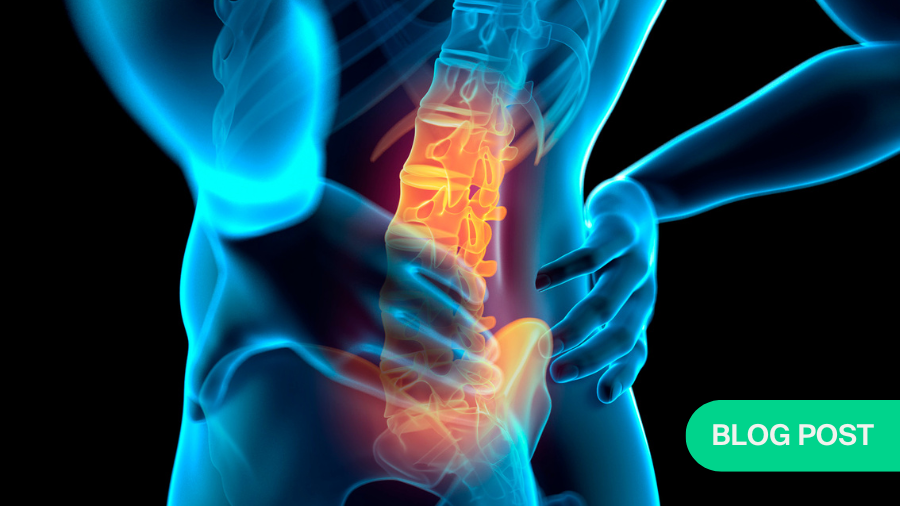
Low back pain affects millions of people every year, and it can have debilitating effects. According to the World Health Organization (WHO) and the recently released WHO Guidelines on Low Pack Pain (LBP), it is the single leading cause of disability around the globe. This guest article outlines different approaches to management on low back pain. Part one of the two-part post provided an overview over the possible causes and symptoms of low back pain.
Disclaimer: The article represents the opinion of individual authors exclusively and not necessarily the opinion of AO or its clinical specialties.
Ian Macnab, a physician, and a well-known expert on low back pain, once said that ‘a doctor who cannot take a good patient history, and a patient who cannot give a good history, are in danger of giving and respectively receiving bad therapy’. Macnab emphasized that quite a significant proportion of LBP cases can be diagnosed based on patient history coupled with a physical examination.
Clinical features: patient evaluation
When evaluating a patient, the biodata is extremely important. As we have already seen, different types of low back pain are common in different age groups. Different types of low back pain are also common in different socio-economic groups. in our practice here in Nigeria, low back pain is commoner amongst sedentary workers who earn higher wages than in those with a poor socio-economic background especially those who do hard laborious jobs. Likewise, the predisposition to infective conditions causing low back pain is commoner amongst patients from a low socio-economic background and those with certain lifestyle.
The history of pain is also very important. The magnitude of the pain and the pattern of pain presentation must be known: did the pain start insidiously or suddenly? Was there an activity that immediately preceded the pain? Does the pain only occur at night, or does the patient feel the pain all the time? Is it a resting pain or is it an activity associated pain? Does the pain get worse or better with sitting, standing, lying down, or walking? All these information will guide us towards understanding the pain and its optimal management.
We also want to find out about any possible complications that have resulted from the low back pain: does the patient now have an associated lower limb numbness and weakness, sphinchteric dysfunctions? What is the history of care? In our environment, quite a number of patients would have sought care elsewhere before they present to the hospital. By the time they present to a tertiary center, they are very likely to have sought care at pharmacies and in quite a number of private hospitals and secondary institutions so they would have taken a wide range of medications.
Next, we evaluate the patient's neurology, with special attention to the lower limb neurology.
It is important in this regard to understand and identify any non-spinal factor that may influence the presentation. In some of the patients, we have to evaluate whether there may be a psychogenic component to the pain and the magnitude of this component. other factors in our environment are socio-cultural, geographic region, previous traumatic experience, or family background.
Constitutional symptoms including weight loss, fever to the possibility of tumors or chronic infection. Finally, the patient's drug history: what medication has the patient been taking and for how long? Have they possibly been abusing drugs?
Clinical features: physical examination
In terms of the physical examination, we must pay special attention to issues such as tenderness and where it is located. Deformity and range of motion in the back and the lower limbs can give us vital clues. Is the patient's sensation impaired? Is it normal? Is it absent? Is it suppressed? What dermatomes are affected?
Another important indicator is lower limb motor power: there are patients who present without even realizing that their motor power has reduced. Similarly, subtle muscle wasting, especially when it is unilateral, is not even observed or noticed by many patients. Also keep an eye out for features that are suggestive of other pathologies such as tumors or infection.
Investigating low back pain
It is important while investigating LBP that we have a good understanding of the possible causes. Our basic investigations should include a complete blood count (CBC), Erythrocyte sedimentation rate (ESR), a C-reactive protein (CRP) test and in the middle-aged to elderly males, we should also do a prostate-specific antigen (PSA) test. Over the years in my institution, we have seen many myeloma patients present with just LBP, we therefore perform a routine myeloma screening for our LBP cases. There may be additional investigations required based on other information in the patient's history and findings on their physical examination.
Imaging investigations include X-ray, which is really the basic imaging technology required in LBP. All patients must have x-ray images taken, both in the AP and lateral views. These will provide information about the architecture of the bone and the intervertebral disk space. It will also reveal if there has been retrolisthesis or spondylolisthesis. It shows spondyloarthropathy, bamboo stick deformity, bony destructions, and numerous other conditions. In fact, quite a range of valuable information can be gleaned from X-ray images.
Another important imaging investigation, which reveals potentially helpful information about the soft tissues, is magnetic resonance imaging (MRI), especially if you suspect degenerative spine conditions, spine infections or tumors. MRI imaging gives you a good idea of the size of the spinal canal, it can show canal distortion, and it also shows the existing nerve roots. Moreover, an MRI scan can reveal tumors that originate in, or have metastasized into, the spine.
Computed tomography (CT) imaging is a very good tool when treating especially in spine trauma. 3-D CT scan to construct your architecture of the spine trauma, which can subsequently be used as a planning tool for the intervention.
General management strategies
A firm understanding of the different pathogeneses of low back pain, as outlined above, is important to successfully treat LBP. However, here are some general treatment strategies we can apply when faced with LBP patients. First, ‘quench the fire’: your patient is in pain, and your responsibility as a physician is to manage and reduce that pain by the safest available means. The first attempt at intervention should therefore be pharmacological.
Pharmacological therapy
Medications can be administered to LBP patients through many routes, including topical, enteral, parenteral, epidural, or facet infiltration. There are also various kinds of medication available for these patients. Non-steroidal anti-inflammatory drugs (NSAIDs) can be delivered topically, orally, as injectables, or as patches, have been called the workhorse in degenerative spine disease and are likely to be your primary pharmacological therapy in these cases. Opioids, on the other hand, are more likely to be your medication of choice where LBP is due to trauma or tumors.
However, do exercise caution when using NSAIDs, especially in elderly patients, quite a few of whom would have been using this type of drug before they present to you. Apart from the risk of peptic ulceration, they also cause water and sodium retention, and they may increase the blood pressure. As many elderly patients have a background renal challenge, you must keep that at the back of your mind when prescribing NSAIDs and when drawing up a surgical plan for patients who have been on NSAIDs.
One group of drugs that I personally really appreciate are neuromodulators, they include membrane stabilizers and anticonvulsants. Gabapentinoids are very good in neuropathic pain. Since most patients present with mixed pain types—in the sense that they will display both nociceptive and neuropathic pain—a combination of non-steroids or analgesics with neuromodulators will often result in significant relief.
Patients who suffer from infection-related LBP will benefit from antibiotics. Muscle relaxants can be very useful in patients whose pain stems purely or majorly from muscle spasms. However, in patients with mechanical instability, as a result of either loss of muscle tone or fractures, the use of muscle relaxants will worsen the mechanical instability and the pain.
Chemotherapy of course is reserved for patients who are afflicted by tumors of the spine, while calcium, Vitamin D3, bisphosphonates and other drugs that are used for the management of osteopenia and osteoporosis may also come in very useful.
Rehabilitation
Rehabilitation can take different forms, including exercise, muscle and posture training, physical therapy, thermotherapy, and manipulative therapy. Acupuncture is also a method in the management of low back pain.
Patient education
Patient education is an important contributor to effective treatment. The basic idea is to inform and educate patients about the role played by biopsychosocial factors in the context of LBP, and how biology, psychology, and the social environment can all be contributors.
For example, patients are taught about self-management methods, techniques of sitting, standing, and value of performing everyday physical activities. While there is evidence to show that this approach can reduce pain and disability, studies also show that it will not be sufficient as a standalone therapy in chronic LBP patients, and that it should only be used in conjunction with physical therapy and or medication. For post-operative LBP, patient education is useful following lumbar decompression and discectomy, but not other procedures.
Surgery
Depending on the cause of the pain, spinal surgery can also play an important role in management. It can alleviate radicular pain and disability from neural compression. In trauma, tumors, infections, or gross instability cases, surgery also has a major role to play. However, for all other forms of back pain, the evidence base does not support surgery as being superior to other treatment methods.
As with any type of surgery, operations on the spine carry some degree of risk. Failed procedures often occur because of what I call the series of wrongs: wrong patients and wrong diagnoses on the preoperative level, wrong levels, and wrong surgeries on the intraoperative level, as well as complications due to incomplete procedures.
Prognosis and summary
One in three patients whose LBP has recently become—without radicular components—will usually recover as a result of a combination of the management methods outlined above. However, paired with disability, chronicity, poor education, or various psychogenic components, the prognosis becomes much less favorable. Another thing to note is that acute, persistent low back pain will usually improve within the first six weeks. If it persists for longer than that, the percentage of patients who achieve improvement will decrease.
In closing, here are some important LBP-related rules of thumb to remember:
- Low back pain is a symptom, which can originate both from the spine as well as outside the spine
- A proper evaluation of LBP patients is extremely important
- Before offering surgery, ensure that the type of LBP can be relieved by surgery
- Always remember to consider the biopsychosocial components
- Relate a patient's presentation to their age, socioeconomic and cultural background, symptomatology, and the investigation that has been ordered
- Manage the patient, do not manage the image
- Address the issues the patient has presented and think very widely
Continue reading the first part of this guest article that provides an overview over the possible causes and symptoms of low back pain.
About the author:
You might also be interested in:
Submit your ideas for guest articles
AO Spine Guest Blog highlights views and perspectives from the global spine community, showcasing experiences, controversies, and knowledge.
Global Spine Journal
AO Spine’s official scientific journal focuses on all aspects of the study and treatment of spinal disorders, including emerging research and clinical developments.
Courses and events
Explore the upcoming AO Spine courses, webinars, and online events in your region or worldwide.
AO Spine Newsletters
Don’t miss a beat! Be the first to hear about open calls, new publications, and tools—all that’s happening in the AO Spine community.


